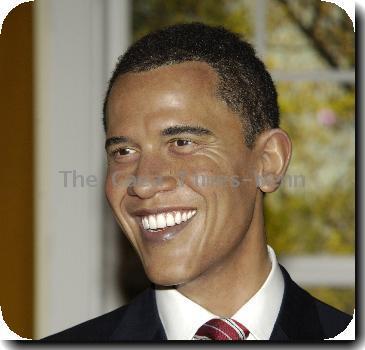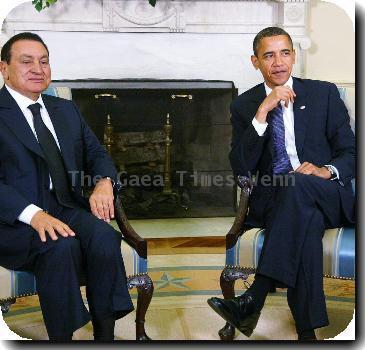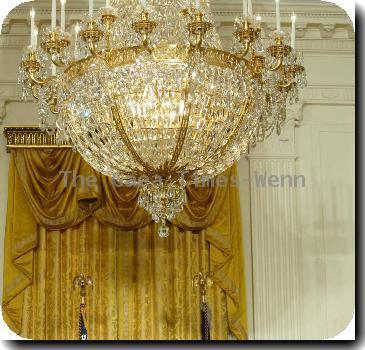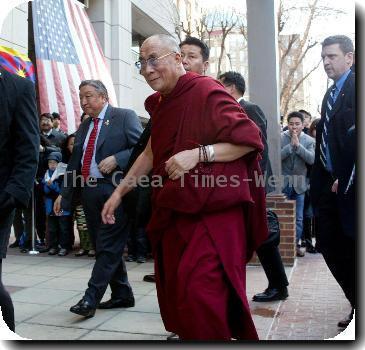In Marjah, a new way of fighting reveals gains and pitfalls in fighting larger Afghan war
By Alfred De Montesquiou, APFriday, March 12, 2010
Marjah push: Ups and downs are lessons for future
EDITOR’S NOTE: Alfred de Montesquiou, an Associated Press correspondent embedded with U.S. Marines in the battle for the Afghan town of Marjah, was able to observe some of the lessons of the fighting and hear from the officers in command how they are being absorbed.
MARJAH, Afghanistan (AP) — After a day spent pinned down in gunbattles or caught in a maze of roadside bombs, with little hope of air support and an erratic Afghan army to coax along, Lance Cpl. Travis Anderson reflected on the frustrations of the campaign U.S. forces were fighting.
“I understand the reason behind it, but it’s so hard to fight a war like this,” the 20-year-old from Altoona, Iowa, said as his company of Marines spearheaded the ground assault to reclaim Marjah from the Taliban.
Three weeks later, the Marjah insurgents have been largely defeated. The offensive on the southern Afghan town — NATO’s largest combined operation in Afghanistan — is described as the first step of an 18-month push to push the Taliban out for good.
Now it’s time to figure out what went right and what didn’t work. Addressing questions raised by the battle is viewed as key to how the overall Afghan war could unfold. All the more so because the offensive was the first full-fledged reality check for the counterinsurgency warfare that the top commander in Afghanistan, U.S. Gen. Stanley McChrystal has pledged to achieve.
Winning here, and holding the ground in the months to come, would be a first step for the Afghan exit strategy President Barack Obama hopes to start implementing next year.
There appears to have been some success for the so-called “McChrystal Doctrine,” of focusing on winning over civilians rather than killing insurgents, then beefing up Afghan forces to replace the Westerners.
More than 10,000 NATO and several thousand Afghan troops took the town in a few days, fighting some intense gunbattles against an estimated 600 insurgents. Casualties were low: 15 NATO troops and 21 civilians killed as of Friday, according to the international force. The Afghan Human Rights Commission has counted at least 35 civilians deaths.
Sporadic fighting continues.
A week into the battle, Marjah’s civilian chief was brought in to raise the Afghan flag over the town center, and Marjah residents who fled have begun to return.
Cooperation between NATO and Afghan forces showed improvement. From the rank to officers, the Marines in the offensive all seemed determined to fight alongside Afghan soldiers, rather than instead of them. Most appeared to take pride in whatever cooperation they managed to achieve with their Afghan counterparts, overcoming language and culture barriers.
And despite intense doubts from Marjah residents, a new Afghan police force was brought in after the offensive. Many of the previous policemen were so brutal and corrupt that residents expelled them even before the Taliban took back control of the area in 2007.
But the offensive also highlighted the many pitfalls ahead.
Stringent rules of engagement limit the use of force in every way possible to spare civilians. It means troops can’t shoot at anything but an insurgent seen with a gun.
That requires getting close enough to see the enemy, and fighting an old-fashioned, exhausting war on foot, carrying heavy backpacks, pressing against Taliban positions one field and one house at a time.
Though Marines often stretched the rules by pointing small-arms fire at compounds or bushes where hidden fighters shot from, the guidelines severely curtailed their options. Several times, the AP saw insurgents simply stroll out of a battle, having hidden their guns to flee once they were cornered. They were clearly familiar with NATO’s rules.
NATO announced its plans to attack Marjah loud and clear to give civilians time to leave, but that gave the insurgents plenty of time to plan. Capturing them wasn’t NATO’s priority, and the leaky cordon set up around the town allowed many to slip away. That means well-trained fighters and snipers, some of whom came from abroad, may rejoin the battle elsewhere.
Some have questioned the significance of taking Marjah and involving thousands of troops just to secure a collection of farming hamlets that account for only a tiny fraction of Helmand province, itself just a small part of Regional Command South.
In Brussels, the Russian ambassador to NATO said he was puzzled by allied claims that the offensive was a success. Dmitry Rogozin noted that a firefight this week between two rebel factions in northern Afghanistan had in fact resulted in more deaths among the insurgents than the entire Marjah operation.
“So the result (of the Marjah offensive) was that the mountain shook, but only a mouse was born,” he said citing a Russian proverb.
The restrictions on fire also put the NATO forces at much bigger risk by greatly limiting whatever air or artillery support they can expect. Even while pinned down in an intense gunbattle, it could take Marines as much as 40 minutes to clear all the steps for an airstrike to take place, AP reporters saw.
At least 12 of the civilians were killed early on in the fighting, one of the few times U.S. forces shot a surface-to-surface missile at insurgents. The military said the high-precision, GPS-guided missile did hit some Taliban. But it also killed women and children, and the outrage, which drew a public apology from NATO, means artillery support will be even harder to obtain — a changed reality that drew repeated expressions of concern from NATO officers.
Throughout the fight, the Taliban were accused of relying heavily on human shields, and as the days passed, they were often more brazen about holding a position — despite drones and helicopters overhead — when they felt they couldn’t be spotted from above.
And blending in with civilians has also let the Taliban stay behind the lines even as NATO troops push forward. Every night, insurgents can creep up to American supply lines to plant roadside bombs.
“We’ve achieved the first phases, but some of the most challenging efforts are still ahead,” said Capt. Joshua Winfrey, a Marine officer whose company led the ground assault.
The military’s first main phase is “clear,” meaning chase out the Taliban. Next, and equally important, it says, is “hold” — preventing them from coming back. And then there’s “build”: new schools, roads, clinics and a generally better life than under the Taliban’s Islamist theocracy.
Winfrey’s troops are due to spend the next several months scattered in outposts around Marjah, patrolling streets and manning checkpoints. Insurgents are sure to throw ambushes, suicide bombers, roadside bombs and snipers their way, especially once smaller units operate without much backup.
Finally comes the step that will allow NATO troops to go home: Making sure Afghan forces can shoulder the burden alone.
The Afghan army units sent into Marjah with the Marines seemed much better trained and more determined to fight than many forces in previous years. But still, they didn’t follow orders well, they rarely turned up for their assignments on time, some started their day with a joint of marijuana, and orders often got lost in translation.
Shakier still are the Afghan police, who are supposed to start securing the town in the coming weeks. Fresh out of training, they vow they’ll track the leftover Taliban and win the civilians’ trust. But one of their first moves in Marjah was to take for themselves all the transistor radios they had been given by the Marines to distribute to villagers, an AP reporter saw.
If they lose their grip, American forces may have to reconquer the town street by street.
Insurgents are well aware of all this. The lessons learned from Marjah are likely also being learned by the Taliban as NATO generals prepare an even bigger offensive in the coming months, focused on neighboring Kandahar province.
Associated Press writer Slobodan Lekic in Brussels contributed to this report.
Tags: Afghanistan, Artillery, Asia, Barack Obama, Central Asia, Collateral Damage, North America, United States, War Casualties





